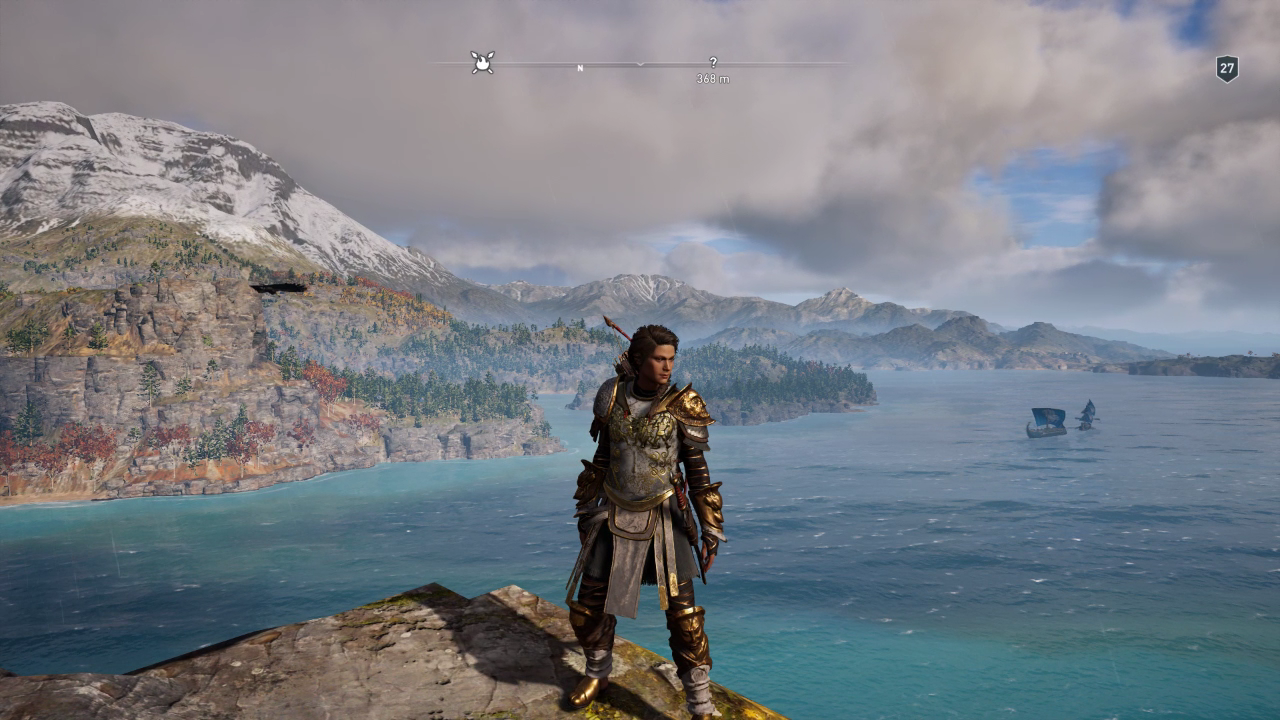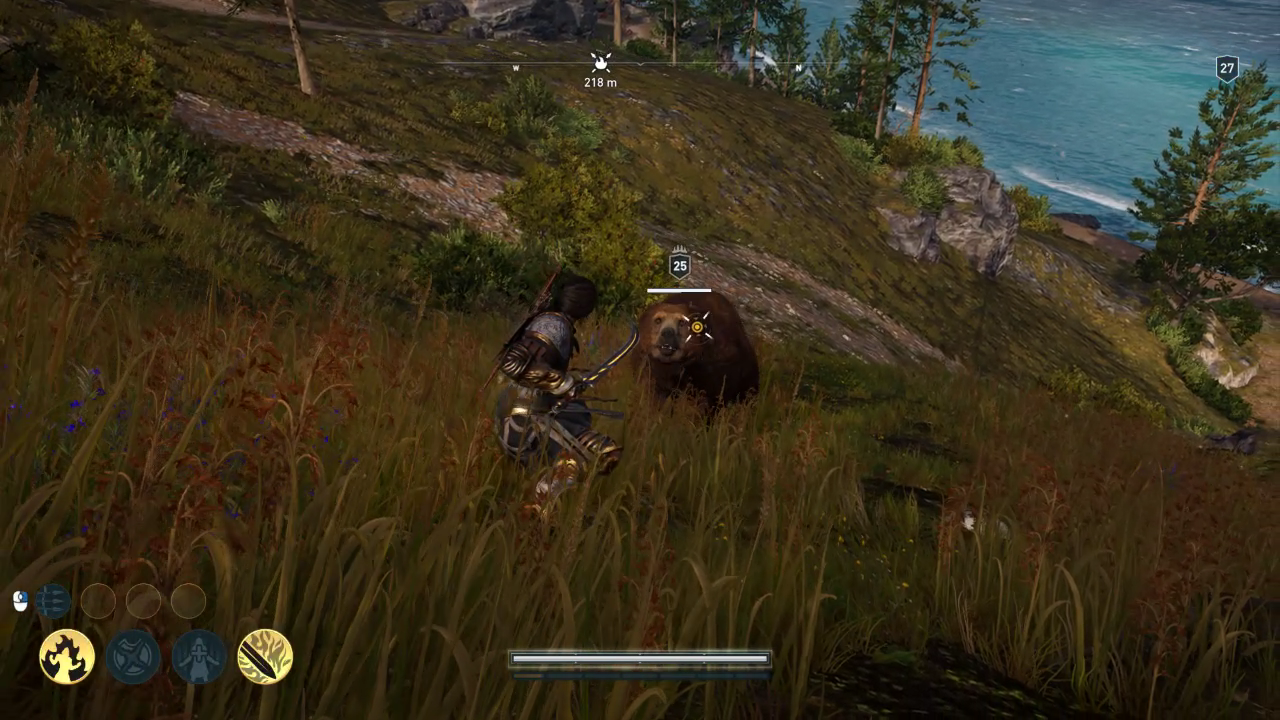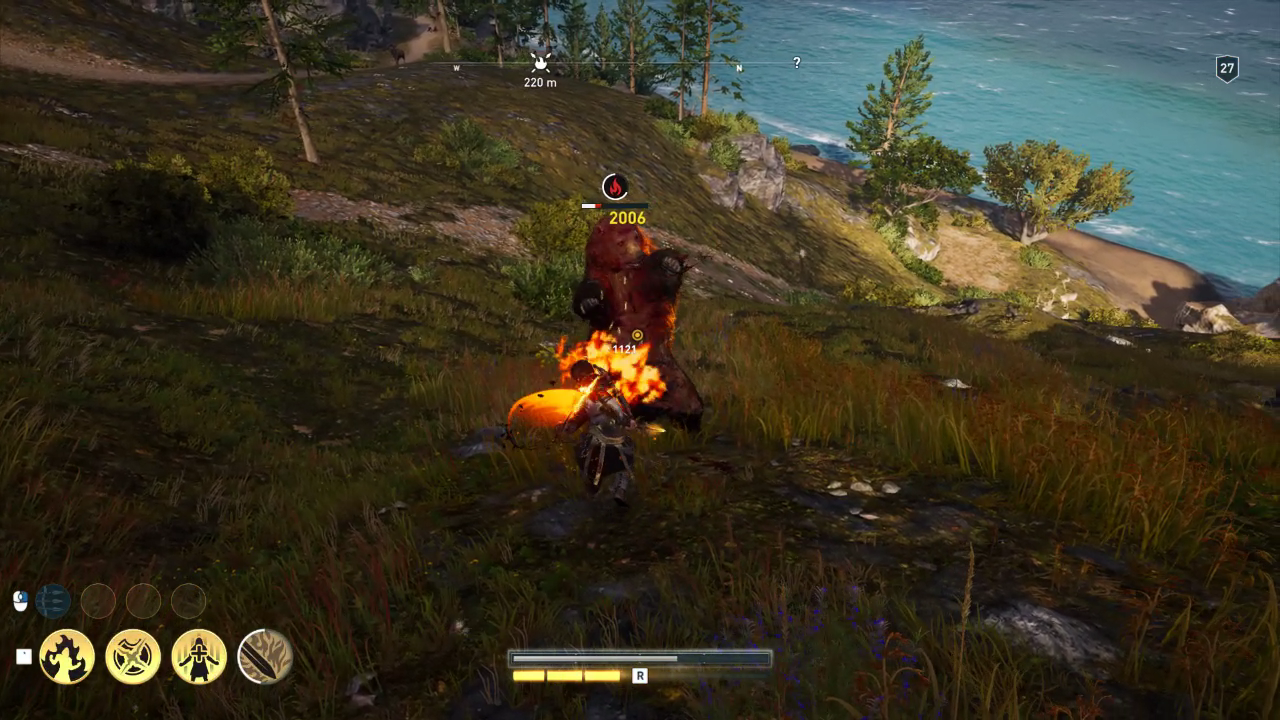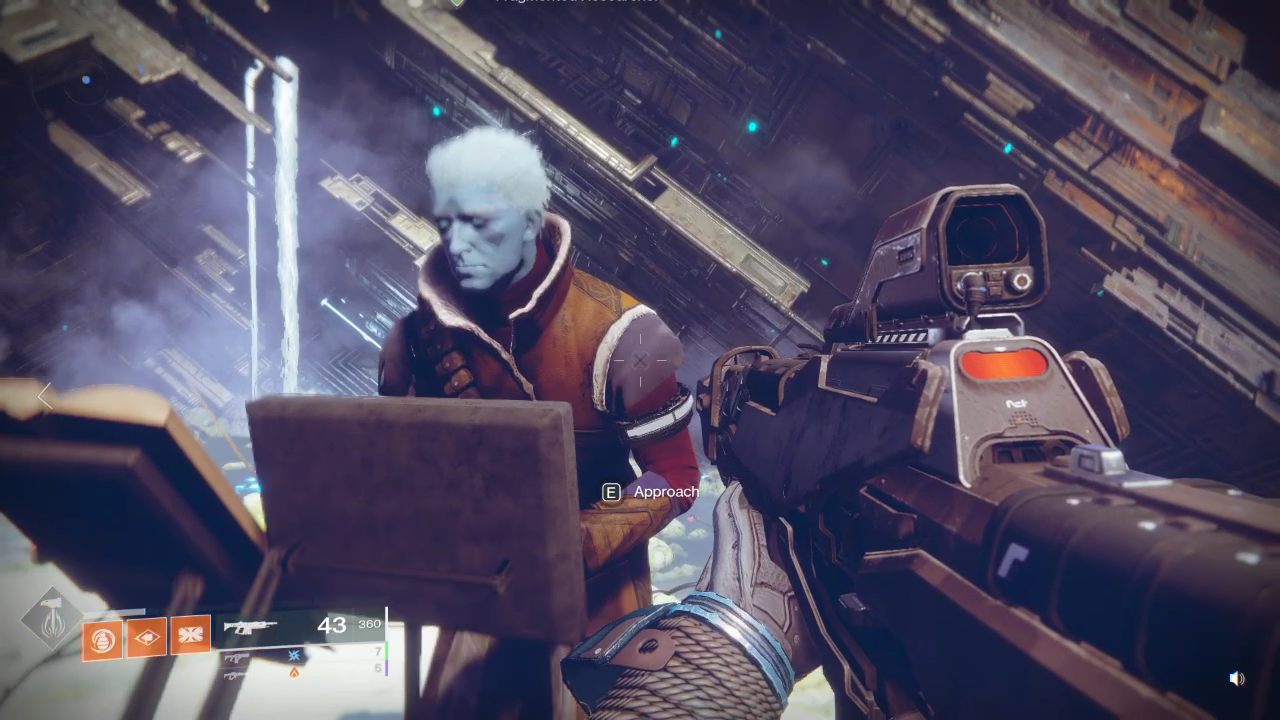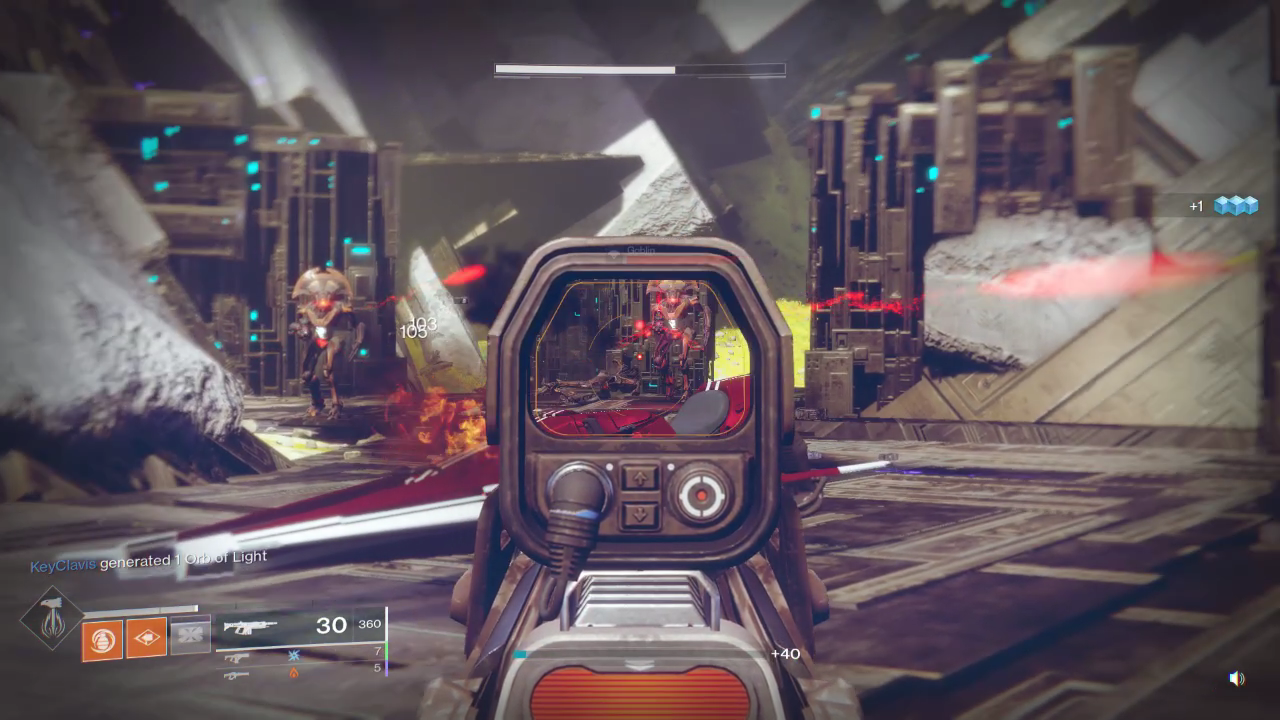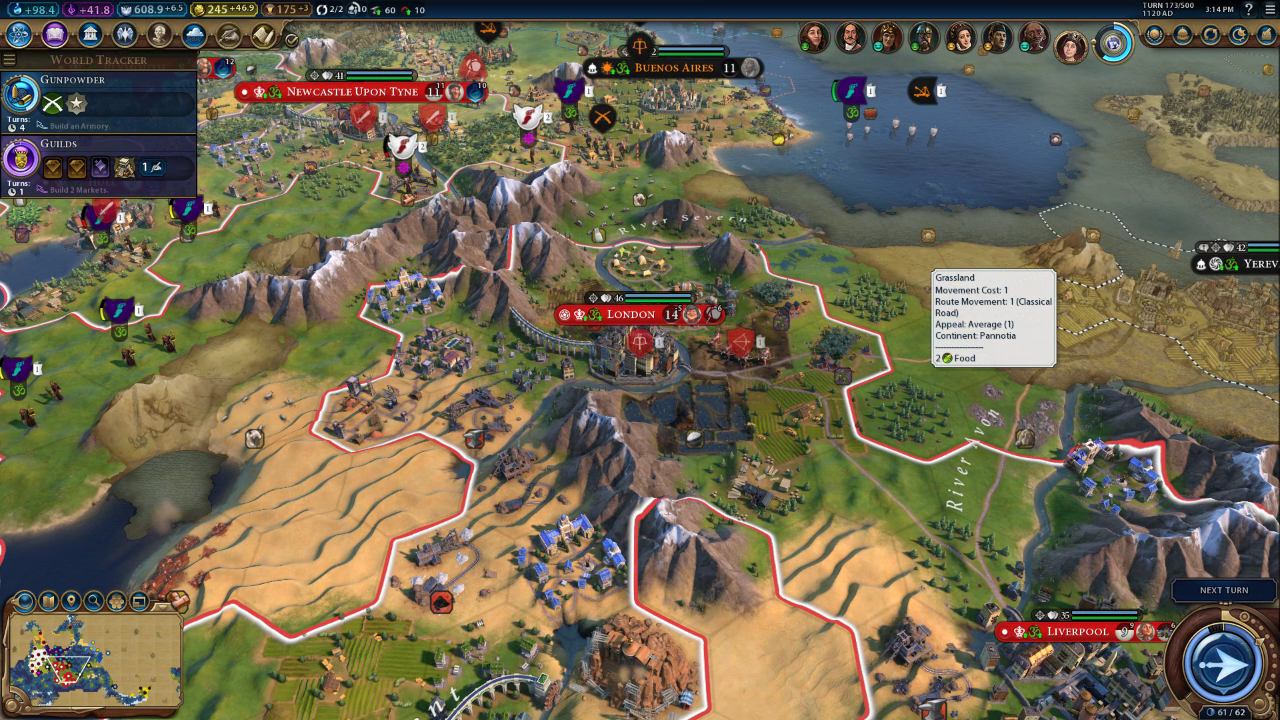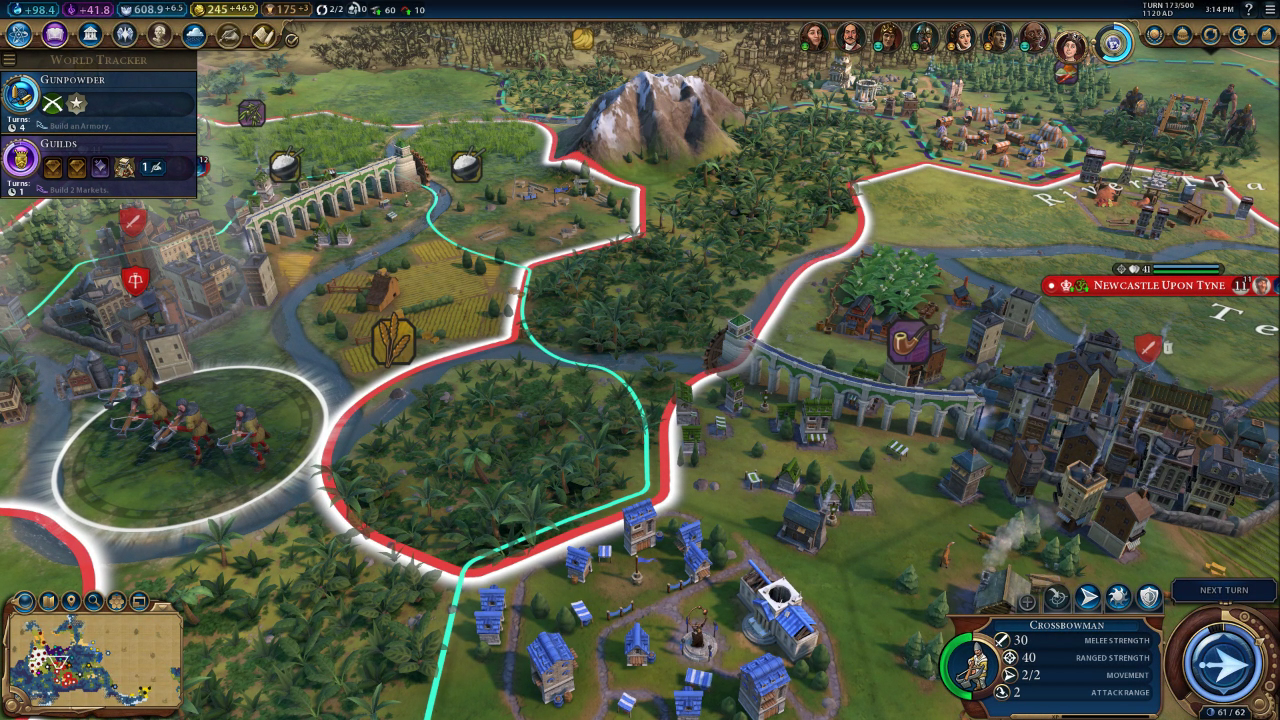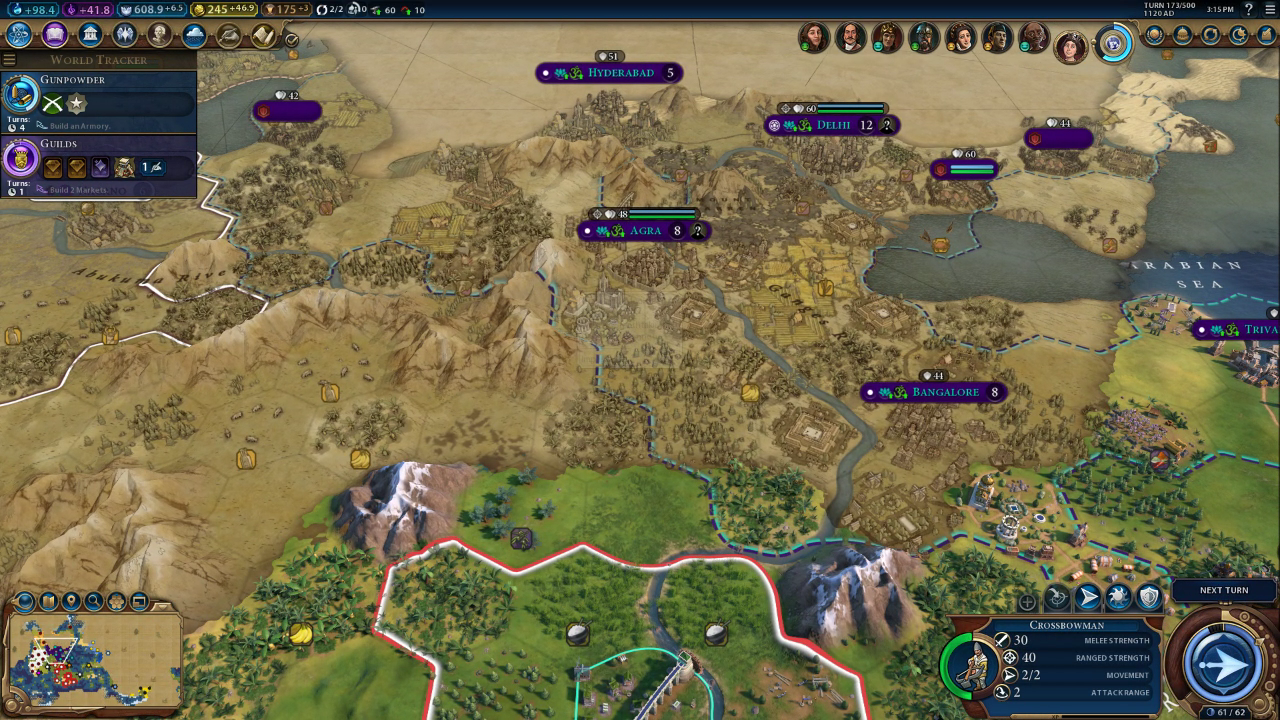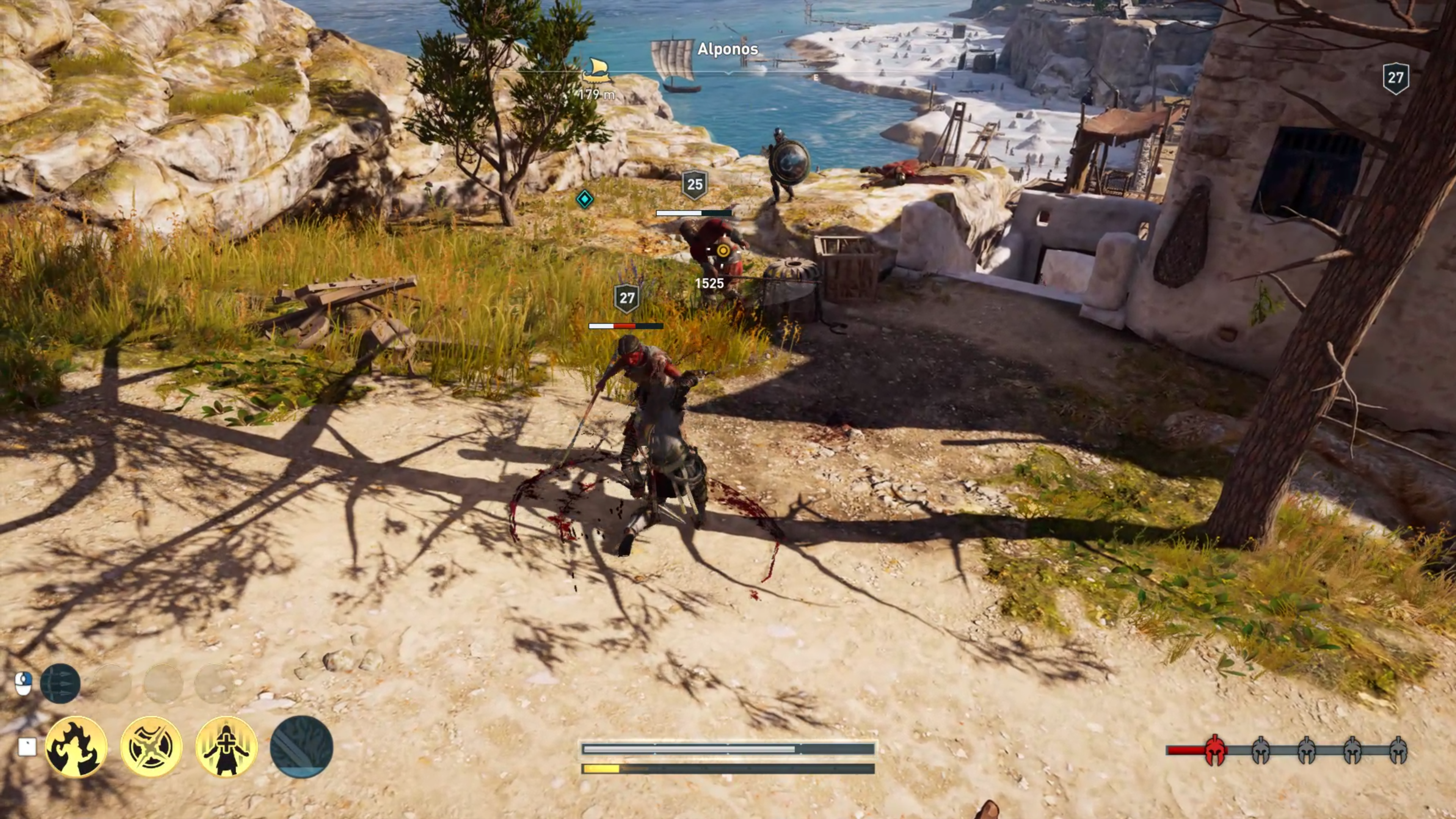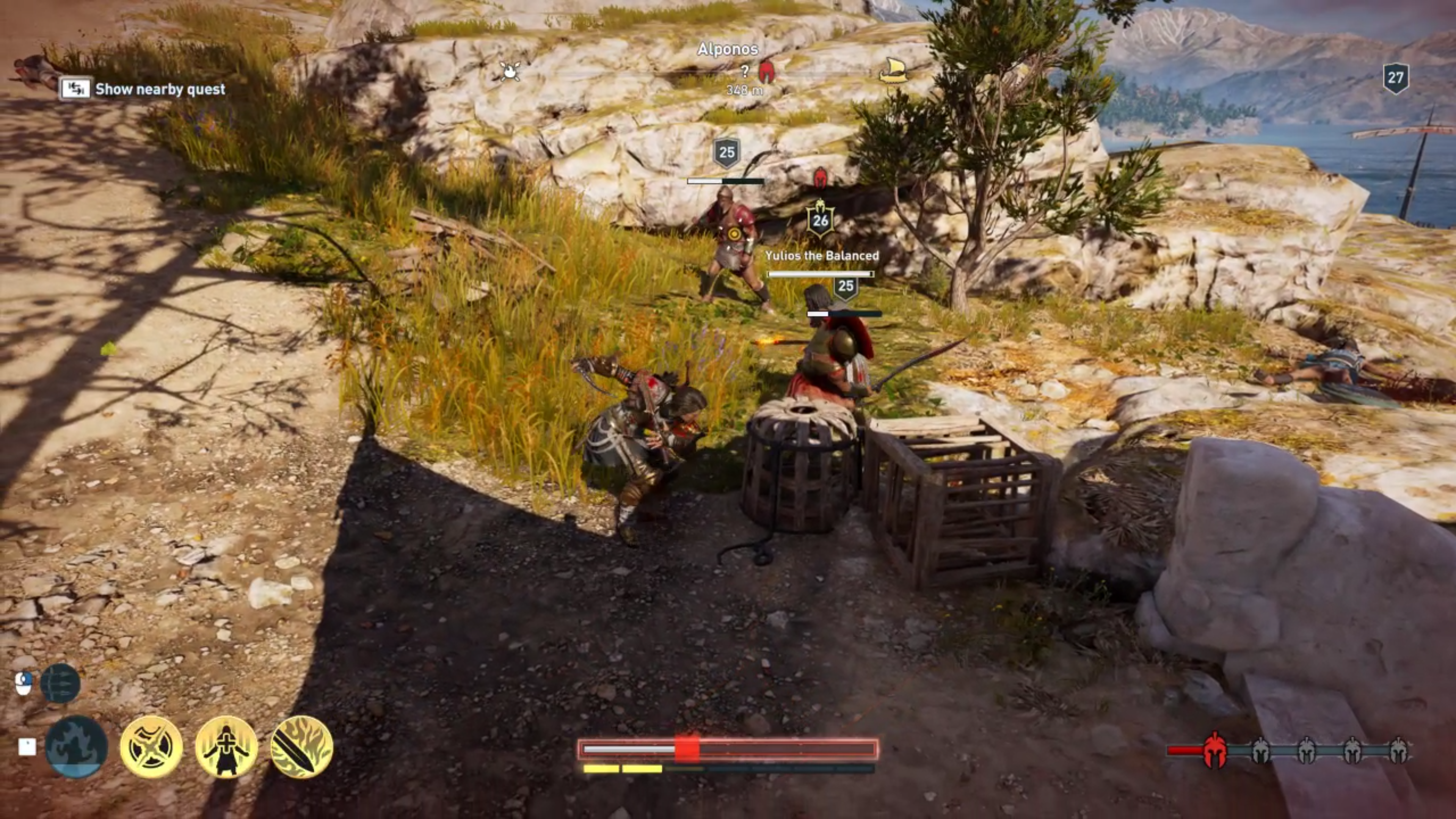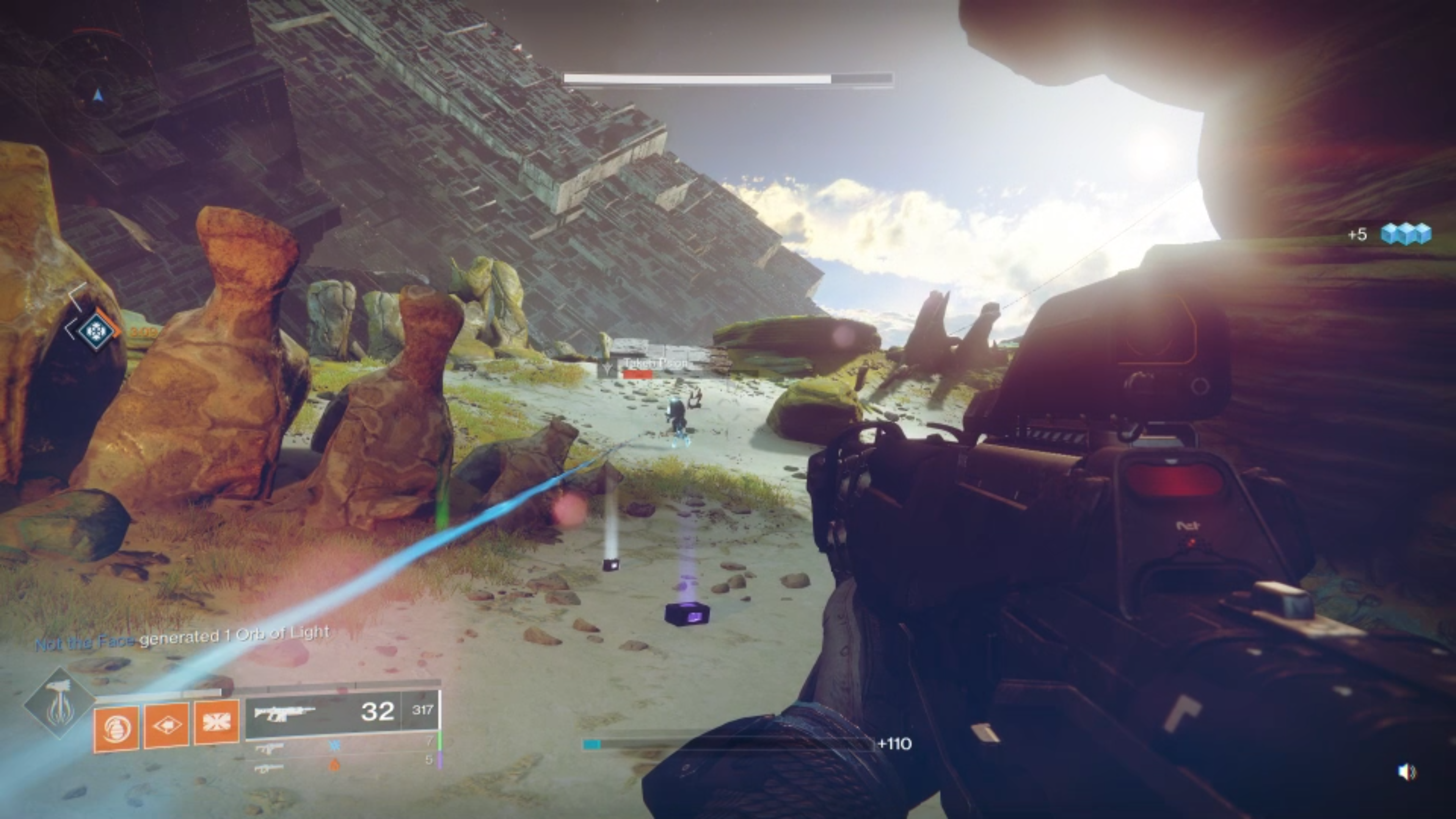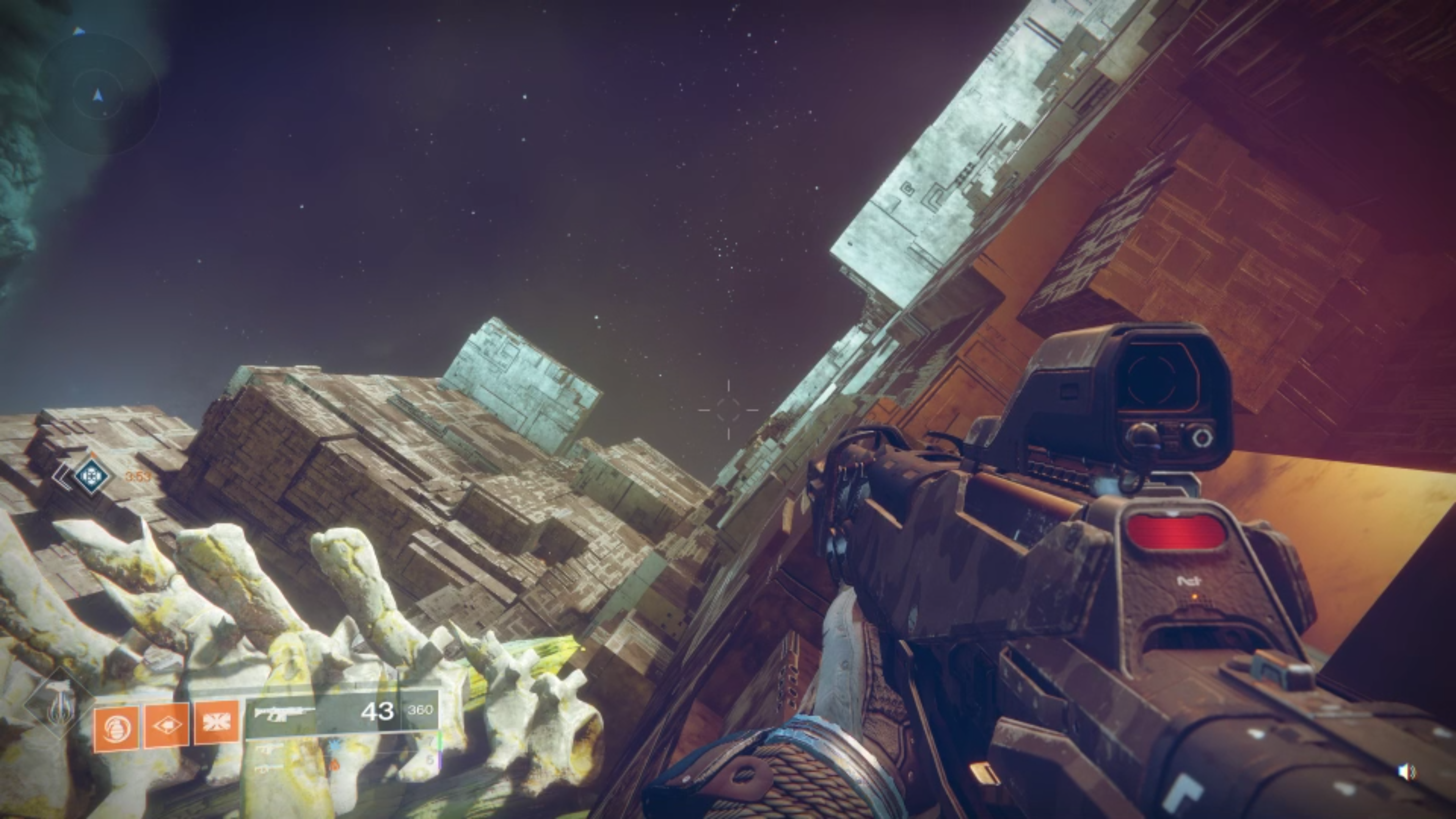“It's not perfect, but Nvidia's GeForce Now is a great cloud gaming platform that's both affordable and accessible.”
- Affordable pricing
- Simple software
- Great game selection
- Low input latency
- So-so image quality
- Demands excellent bandwidth
- No iOS app
Updated 2/23/2020: Added information about Activision-Blizzard and Bethesda pulling out of GeForce Now.
What do you do with a thick stack of high-end GPUs and expertise in data center hardware? If you’re Nvidia, you build a cloud gaming platform.
I was surprised when I first learned of GeForce Now in early 2018. On further thought, however, it makes perfect sense. Nvidia dominated consumer graphics over the last decade, but also grew its footprint in data centers. The company’s revenue from that market exploded 10-fold between 2015 and the end of 2019.
That’s a windfall for Nvidia. Yet there’s no question gaming remains core to the company. High-performance PC hardware is the green team’s entire brand. GeForce Now brings the company’s newly minted strength in data centers home just as larger competitors, like Google and Microsoft, wade into cloud gaming.
How GeForce Now works
Nvidia’s GeForce Now calls itself a “cloud-based game streaming service,” but differs from most competitors. Unlike Google Stadia and PlayStation Now, GeForce Now isn’t a digital storefront. The company doesn’t sell you games. It only sells the service. You bring your own collection from other digital storefronts.
Nvidia boasts compatibility with hundreds of titles across a variety of storefronts, including Steam, The Epic Store, and Ubisoft (Activision-Blizzard pulled its games soon after launch, as has Bethesda, unfortunately). You’ll purchase the games from other storefronts, just as if you planned to play them on a home PC.
That means game ownership and the GeForce Now service are entirely separate. You can purchase a Steam game with the intent to play on GeForce Now, but the two are never linked or dependent on each other. If you unsubscribe, you still own the game on Steam and can play the game on any PC.
Eight of the ten most played titles on Steam are playable on GeForce Now
This approach can feel counter-intuitive, but it side-steps the library problem that sunk Google’s launch of Stadia. GeForce Now is already compatible with many games, and there’s a good chance you own at least a few.
Personally, I stepped into GeForce Now with over 50 compatible games. And since I’ve already paid for them, they’re all games I’m interested in playing. The library has gaps: Activision-Blizzard and Bethesda are gone, and you won’t find anything from Electronic Arts.
Yet many popular games are compatible; Fortnite, Warframe, Civilization VI, Metro Exodus, Assassin’s Creed Odyssey, Destiny 2, and ARK: Survival Evolved are among those available. At time of this writing, eight of the ten most played titles on Steam are playable on GeForce Now.
Availability: Windows, MacOS, and Android (not iOS)
Like Stadia, Shadow, and most cloud gaming services, GeForce Now relies on a local application to stream games to your device. Nvidia supports Windows, MacOS, most Android smartphones and tablets, and Nvidia’s Shield.
iOS support is the gaping hole in this line-up, and it doesn’t seem Nvidia will appear there soon. When asked, Nvidia’s Jordan Blade said reporters should “talk to Apple on that one.”
As an iPhone fan, this is a problem. I have access to an Android device for testing purposes, but it’s not my daily driver, so the lack of iOS support makes GeForce Now a no-go for portable play. I hope Nvidia and Apple can mend their divide and bring an app to iOS soon.
Software, sign-in, and setup: Simple, with some issues
Joining GeForce Now could be easier. Downloading the client requires jumping a few loops though it’s nothing serious. Click “Join Today,” log in, download. Still, these obstacles seem strange given the simplicity of the service and Nvidia’s free service tier. Nvidia should offer a download link directly from its GeForce Now front page, asking users to log in only after they’ve downloaded the client.
The GeForce Now client, once installed, proves quick. I’ve tried it on numerous PCs ranging from high-end desktops to a five-year-old laptop. No system stumbled for even a moment.

Navigating the PC client, like the website, could be easier. GeForce Now can’t automatically scan Steam, Epic, and GOG to find compatible titles you already own. Instead, you must search for titles one-by-one. GeForce Now also lacks a way to verify you own a game before you launch it, so it’s possible to add a game to your library that you don’t own. I think some users will find that confusing. Most apps (gaming or otherwise) don’t let you add a title to your library before verifying ownership.
Launching a game opens a bandwidth test, which, if all goes well, is soon followed by the game stream. That’s where things get awkward.
As mentioned, GeForce Now is exclusively a game streaming service. The games you play are the same you’d play on any normal PC, and you launch them from their respective services. That means you have to log in twice to play a game, once for Nvidia Now, and again after launching into Steam, Epic, or whatever service the game resides on.
My display settings and other configuration details weren’t always saved.
GeForce Now usually remembers your login information for digital storefronts, but doesn’t always. I only had to log in to Ubisoft’s Uplay once, but Steam asked me to login every time. I also noticed my display settings and other configuration details rarely carried over between sessions.
While the GeForce Now software client could be better, it benefits from the simplicity of Nvidia’s service. Because Nvidia isn’t selling games, there’s no need for a storefront or the baggage that comes with one. There’s no cart, no refunds, no reviews. You can do just three things in the client: view your account settings, add games to your library, and launch games. That makes GeForce Now easy to understand despite its UI shortcomings.
Latency and responsiveness: Cloud gaming at lightning speed
Nvidia’s official review documentation doesn’t make specific claims about GeForce Now’s latency. The same is true of the company’s website. Aside from one bizarre statement about negative latency, Google Stadia also avoids specific promises about latency.
There is one competitor that does it better: Shadow. The dark horse of cloud gaming offers a robust real-time monitoring tool with a real-time latency monitor. Shadow also doesn’t make promises, but it at least makes latency a cinch to see.
GeForce Now does have an advanced network analysis tool available through a keyboard shortcut (Ctrl+Alt+F6), but it’s clearly meant for debugging. The information it provides is difficult to understand without a cheat-sheet at the ready.
In most cases, GeForce Now’s latency isn’t high enough to cause a serious issue. Nvidia’s network analysis tool reported latency of 25 to 35 milliseconds over Wi-Fi and 20 to 30 milliseconds over Ethernet.
For reference, each frame of a game running at a perfectly smooth 60 frames per second stays on-screen for 16.667 (repeating, of course) milliseconds. The latency of GeForce Now translates to one to two frames of delay at 60 frames per second. That’s noticeable, and, in some games, it might spoil the fun.
However, I spent most of my time in Assassin’s Creed Odyssey and Age of Wonders: Planetfall. In those games, I found no reason to complain. I also spent a little time in Destiny 2 and Civilization VI. Again, latency was rarely a problem.
Nvidia’s network analysis tool reported latency of 25 to 35 milliseconds over Wi-Fi, and 20 to 30 milliseconds over Ethernet.
Latency usually isn’t a problem for Google Stadia, but can become an issue on sub-optimal connections. Shadow, meanwhile, is on par with GeForce Now, reporting between 20 and 30 milliseconds on an Ethernet connection, and a few milliseconds beyond that over Wi-Fi.
Overall, GeForce Now is a smooth, crisp experience, even on connections that aren’t up to Nvidia’s ideal recommendations. It’s clear Nvidia makes responsive gameplay a priority.
Graphics quality: 1080p is fast, but not attractive
Nvidia GeForce Now, unlike Google Stadia or Shadow, only promises 1080p resolution at up to 60 frames per second. That decision is counterintuitive. Nvidia, a leader in PC graphics, is closely linked to visual fidelity and high framerates. Yet Nvidia’s competitors have the upper hand, offering support for higher resolutions and framerates.
I understand Nvidia’s motivation. The company points out the vast majority of PC players game at 1080p resolution, and they’re right. According to Steam’s hardware survey, about 64% of players game at 1080p, and most of those remaining gamers at a lower, not higher, resolution. Less than 6% of players game at 1440p, and less than 2% play on a 4K display.
Despite its resolution limitation, Nvidia throws plenty of hardware at GeForce Now, and it shows. I fired up Assassin’s Creed: Odyssey, a notoriously demanding game that even high-end gaming desktops can struggle to handle at maximum detail. The Odyssey benchmark averaged 62 frames per second after five test runs on three different systems.
That’s in league with Nvidia’s RTX 2060 Super, which averaged 64 frames per second when we tested it late last year. GeForce Now doesn’t quite keep up with Nvidia’s best video cards. The RTX 2080 Super averages 78 frames per second in Assassin’s Creed: Odyssey at 1080p and Ultra High detail. Even the RTX 2070 Super is quicker, hitting 70 frames per second.
However, the comparison is not so simple. A cloud gaming service like GeForce Now will, in theory, be upgraded over time without added cost to you, while buying a new video card is a significant expense. A full year of GeForce Now is $60. The GeForce RTX 2060 Super retails for $400. That card’s retail price could pay for over six years of GeForce Now.
And remember, GeForce Now only promises 60 FPS. That means anything beyond 60 frames would be wasted. Those extra frames would be lost because, no matter how fast the hardware performs server side, you’ll be bound to the 1080p 60FPS stream that’s beamed to your device.
A full year of GeForce Now is $60. The GeForce RTX 2060 Super retails for $400.
While the gameplay is smooth and properly paced on a stable connection, image quality isn’t as robust as I’d hoped. At first, I thought my complaints were due to poor connection quality. As I tested on more systems, however, I had to come to terms with the limitations of GeForce Now.
The most significant seems to be the resolution. GeForce Now claims up to 1080p, but that’s not what I experienced in many situations, even on connections superior to what Nvidia says is ideal. Image quality was often muddy compared to 1080p rendered on a local GPU, suggesting my stream was below the target resolution. A dive into the advanced diagnostics (accessible through the Ctrl-Alt-F6 shortcut) revealed a stream that was often at 720p, not 1080p.
Macroblocking, a result of video compression, was visible more often than I’d prefer. It was most noticeable in high-contrast scenes with significant movement. Any game that makes liberal use of light shafts or bloom is likely to bring this issue to the fore. Yet I could also notice it, at times, when scrolling across the map in Age of Wonders: Planetfall.
I’ll admit that GeForce Now is no doubt an upgrade over what the PCs I used to play it can normally offer. Compared to Stadia or Shadow, however, GeForce Now felt a step behind. Compression artifacts were more frequent and obvious, and resolution output was below 1080p more frequently than expected. GeForce Now is smooth, but its visuals didn’t impress me.
Graphics quality: 1440p and beyond
Unfortunately, the issues I had with 1080p gaming were just the tip of the iceberg.
Most of my devices aren’t connected to a 1080p screen. My home desktop display is 1440p. My office display is ultrawide at 3,440 x 1,440. Most GPU testing in the Digital Trends office happens on a 4K monitor in the Digital Trends lab. Limiting resolution to 1080p means the devices I use to play games aren’t in step with the maximum resolution of GeForce Now.
The problem is made worse by GeForce Now’s disappointing image scaling. Image quality was lackluster on my 1440p monitor, and output was blurry, blocky, and muddled. 1080p YouTube videos look like a dream by comparison. I had the same experience on a 4K monitor.
Stranger still, quality improved (though only a bit) on a 1440p monitor or 4K monitor if that display’s resolution was manually set to 1080p. I’m not the only one to notice this. Users on Nvidia’s forums and the GeForce Now Reddit have noted the same result. To me, this suggests something is wrong with how GeForce Now handles resolution beyond 1080p.
Image quality was lackluster on my 1440p monitor. Output was blurry, blocky, and muddled.
That puts GeForce Now at a huge disadvantage for some gamers. Stadia can struggle to maintain 4K resolution, but it looks reasonably sharp all the same. Shadow has no problem handling 1440p. In fact, I’ve used it extensively with a 1440p display, and, at times, I’ve been genuinely stunned by how sharp it looks. GeForce Now’s current release can’t hold a candle to those alternatives if you intend to play above 1080p resolution.
Ray-Tracing feels like a moot point, for now
GeForce Now subscribers gain access to RTX ray-tracing. It’s an appealing feature on paper but remains a niche. The selection of games that support RTX ray-tracing remains slim, and the feature’s visual impact isn’t as significant as you might think.
Over time, as more games support it, ray-tracing may become more important. On the other hand, there’s no reason why Stadia, Shadow, or Microsoft xCloud couldn’t adopt the feature in the future.
Connection reliability: Stick to Ethernet for the best experience
GeForce Now, like all cloud gaming services, is a data hog. Nvidia’s documentation recommends a connection of at least 15Mbps for 720p60, or 30Mbps for 1080p60. A low latency 50Mbps connection is recommended for “the best experience.”
Remember, that’s actual connection speed, so a home internet service that advertises 50Mbps may fall short. You’ll need a strong, reliable Wi-Fi network, as well. The wireless router provided by your ISP won’t cut it unless you’re playing in the same room as it.
Those limitations restrict GeForce Now to strong internet connections on clutter-free home networks. The Digital Trends office easily meets the requirements of GeForce Now on paper, landing between 100 and 200Mbps per second on average. However, the office network services hundreds of devices, and that holds GeForce Now back. The service struggled to maintain consistent image quality and suffered occasional dropouts that could last several seconds.
I do admire GeForce Now’s tenacity. While it may endure dropouts, GeForce Now doesn’t give up. I don’t recall a single disconnect during my entire time testing the service. The client will warn of poor connection well ahead of any real trouble and aggressively decreases resolution to maintain a stable session, so unless you stand up and make a mad dash opposite the direction of your router, I doubt you’ll be booted from a game.
GeForce Now performed better at home, where I’m lucky enough to have gigabit Internet. That’s as fast a connection as most people can hope for in the United States, and GeForce Now appreciates the extra bandwidth.
On gigabit Internet, over Ethernet, GeForce Now delivers a smooth, reliable stream. Dropouts are rare, happening only a handful of times during my testing on this connection. Even then, drops lasted mere milliseconds and then proved more than a minor annoyance.
I don’t recall a single disconnect during my entire time testing the service.
Connection quality was worse but still good over Wi-Fi. The connection was usually reliable, but dropouts and momentary hitches did occur on occasion. At times, my connection problems were obviously a limitation of Wi-Fi. I noticed that GeForce Now’s quality would dip significantly when someone walked down a hallway, which happens to sit directly between the router and my HTPC.
Having said that, Google Stadia and Shadow suffer similar issues over Wi-Fi. You’re going to want an Ethernet connection, or an extremely fast and comprehensive mesh Wi-Fi network, for the best experience with any cloud gaming service.
Data use: It’s a lot, but less than some competitors
GeForce Now warns it can use up to 10 gigabytes of data per hour. In my testing, GeForce Now averaged 6.6 gigabytes of data per hour over a gigabit Ethernet connection. That’s consistent with my analysis of the GeForce Now beta in January of 2018.
That’s less than Google Stadia, which I tested at up to 10 gigabytes per hour (other publications have claimed to see data use of 20 gigabytes per hour). GeForce Now’s edge isn’t a big surprise given its 1080p limitation. Resolution has huge implications for bandwidth.
Still, it’s a lot of data. A gamer averaging two hours each day would use a hair short of 400 gigabytes every month. Most ISP service plans will allow that, but that’s on top of other streaming (like Netflix or Hulu) and game downloads.
If you’re fortunate enough to have an unrestricted Gigabit connection, however, data use isn’t a concern. Connection quality over a Gigabit connection was smooth and consistent – so long as I stayed in reasonable range of my router. I didn’t notice performance issues while other home devices were streaming movies or downloading large files.
Whether data use a problem will simply come down to your internet connection and your ISP’s data caps. It’s hard to predict exactly how well it will work without trying it first. It’s a good thing that basic access to GeForce Now is free, providing a chance to try it before you shell out any cash.
GeForce Now on mobile: Just as good as Stadia
I didn’t focus on GeForce Now’s mobile app for my review. As mentioned, Nvidia doesn’t have an app available for iOS. But I did break out an Android device to give mobile gaming a try. In a twist, I used the exact same setup Google sent for my review of Stadia – a Google Pixel 3a connected to the Google Stadia controller.
Yea, that’s right. The Google Stadia controller worked. Most USB and Bluetooth controllers should, as Android’s gamepad support is broad. Xbox One and PlayStation 4 controller should work wired or wirelessly with minimal setup.
As with Stadia, mobile is an excellent place to experience GeForce Now. The application is just as light and simple as on the PC, and I didn’t find the login process confusing. Games look better, too, because a smartphone’s display is smaller. A 720p stream looks great on a 5-inch or 6-inch smartphone display. That same 720p stream won’t look awesome on a 24-inch 1080p monitor.
Not every game is playable on the go. You’re largely restricted to games with controller support, as games that rely on mouse input are mostly or completely unplayable. That leaves most strategy games off the table. I’d like to play Stellaris on Android through GeForce Now, but that’s not viable just yet.
GeForce Now on Mac: The best cloud gaming option
I didn’t spend much time with GeForce Now on Mac, either, but I wanted to give it a go. I broke out the lab’s workhorse Mac, a MacBook Air circa-2015, and installed GeForce Now. The verdict? It’s solid.
The app itself looks identical to the PC version. I’m sure there’s a difference somewhere, but I certainly can’t find it. It’s not in line with the look and feel of modern Mac apps, but it works without issue.

Gameplay was impressive and underscored cloud gaming’s unique ability to demolish platform divides. GeForce Now gave me access to dozens of games I normally can’t play on a Mac. They all looked and played just as they do using GeForce Now on a Windows laptop.
In short, GeForce Now shares all the strengths and weakness of the service on Windows – but, since MacOS lacks broad game support, GeForce Now unlocks access to a whole new world of games.
Pricing

You can use Nvidia’s GeForce Now for free, with some limitations. Free players lack priority access to servers, so you may face login queues at peak times. You also have a session duration of one hour, after which you’ll have to log in again. Finally, free players can’t turn on RTX graphics.
You can use Nvidia’s GeForce Now for free.
The free tier’s limits mean you likely won’t use it as your main gaming platform, but Nvidia’s not being stingy. Remember, GeForce Now is not a store, and they don’t take a cut from games you play on the service. I’m surprised a free tier exists at all.
The Founders tier is the only paid subscription option. It’s $4.99 per month for now, with prices set to rise at some point in the future. Nvidia hasn’t said where the price will land, but I think it’s safe to speculate Nvidia will charge between $7.99 to $9.99 each month. Founders have priority login times, nearly unlimited session length (six hours, according to Nvidia), and can turn RTX ray-tracing on in games that support the feature.
Environmentalism & sustainability
Like all cloud gaming services, Nvidia’s GeForce Now relies on massive data centers that suck down a lot of power and, in some cases, other resources, such as water. This leads to environmental concerns. In some cases, a cloud gaming service can increase the overall carbon impact of gaming.

Nvidia, unlike Google or Microsoft, hasn’t made a commitment to going carbon neutral. It also doesn’t publish energy efficiency metrics for its data centers, or data centers it partners with. While Nvidia has stated the company seeks to go carbon neutral in the future, it has no specific timeline.
These shortcomings don’t change the quality of the service, but you should keep it in mind if climate change concerns you. Nvidia could (and should) do better.
Our Take
GeForce Now is an affordable alternative to Google Stadia, with more games and a free tier that makes it easy to try. Its image quality is just so-so, however, and gameplay is stable only over an extremely fast and reliable connection.
Is there a better alternative?
Google Stadia is more expensive and has a smaller game library, but it delivered better image quality in my experience. It also supports features like 4K resolution and HDR. Shadow is more reliable and functional overall.
Stadia and Shadow are more expensive, however, and that’s a problem for both. GeForce Now undercuts them on price while still delivering a solid game library. GeForce now also has a free tier, so you can try it before you pay a cent.
Should you buy it?
Yes. GeForce Now is a long way from perfect, but with a free tier available to everyone and a low $4.99 subscription fee, it’s the most intuitive and accessible cloud gaming service yet.


